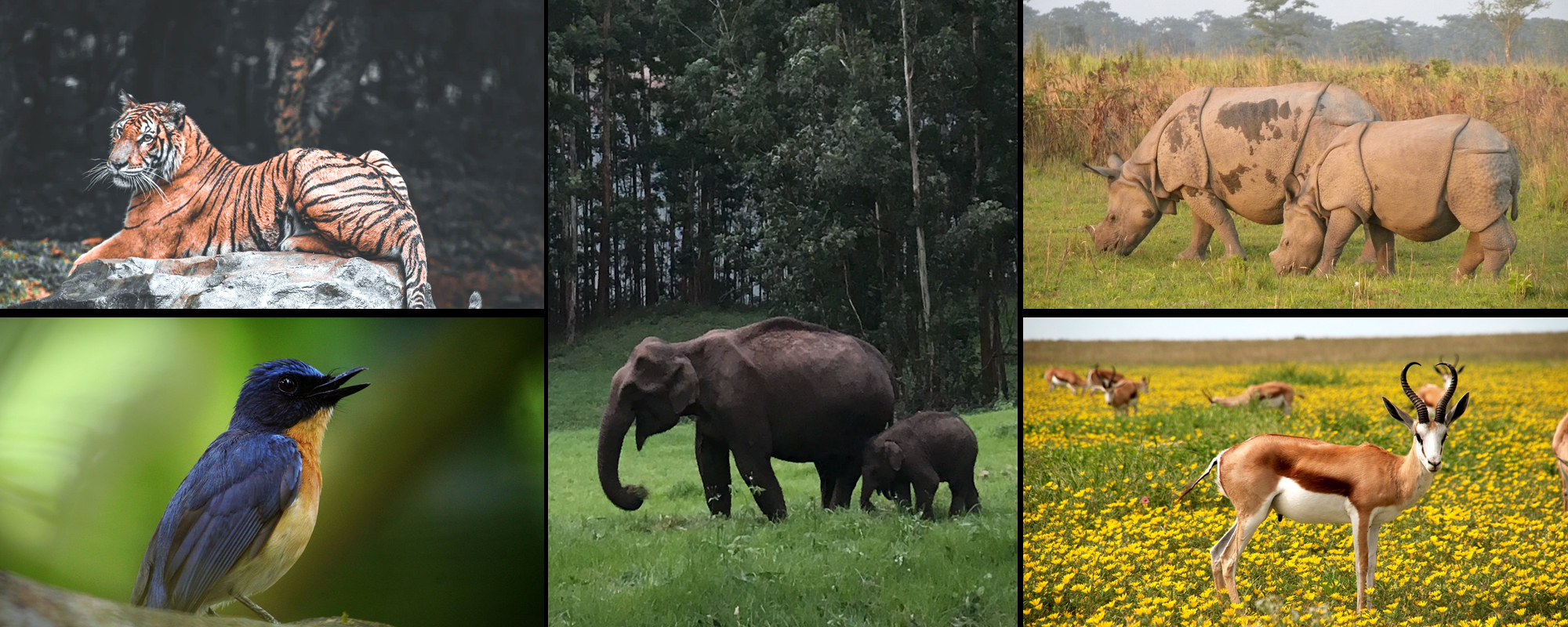
Located in the Gurgaon district of Haryana, Sultanpur National Park, also known as Sultanpur Bird Sanctuary, is a beautiful place with a varied variety of flora and fauna species and a stunning landscape. A paradise for bird watchers and nature paramours, Sultanpur National Park has in its store a plethora of migratory and resident birds hovering around in the sky and making the park a place of interest for many young travelers. Migratory birds can be spotted here from the month of September till March or April.
The area was declared as a Bird Sanctuary in the year 1971 and was later deemed as a National Park in 1991 with a total area of 1.43 square kilometers. With 250 distinct types of vibrant species of birds, Sultanpur National Park sees some of the most exotic bird species, some of which are resident birds while others migrate from places such as Siberia, Europe, and Afghanistan. Upon arriving in the park, make sure you perch yourself atop one of the watch towers made specifically for visitors at different points to have a better view of the birds and the scenic landscape. The Educational Interpretation Center has also been established here to properly guide the tourist who comes to visit the park.
The area was first seen and noticed as a sanctuary by an ornithologist and Honorary Secretary of the Delhi Bird Watching Society, Mr. Peter Jackson. He wrote a letter to the then Prime Minister of India, Indira Gandhi, in the year 1970, and requested that this area should be declared as a bird sanctuary. With some efforts, the area was given the status of a Bird Sanctuary in the year 1971. The park is also known as Dr. Salim Ali Bird Sanctuary after this popular ornithologist and naturalist to pay honor to his miscellaneous hard work in the field of nature conservation. Home to a multitude of plant life and wildlife, Sultanpur National Park is also an ideal place for family picnics and outings with friends.
Dhok, Khair, Tendu, Ber, Jamun, Banyan, Neem, Beberis, Acacia, various grasses and herbs.
Mammals : Blackbuck, Nilgai, Hog Deer, Sambar, Wild Dog, Caracal, Wild Cat, Hedgehog, Mongoose, Striped Hyena, Indian Porcupine, Honey badger, leopard, etc.
Birds – Resident : Common Hoopoe, Purple Sunbird, Black Francolin, Little Cormorant, Paddy Field Pipit, Indian Roller, Painted Stork, Great Egret, Cattle Egret, Crested Lark, Red-Vented Bulbul, Rose-ringed Parakeet, Weaver Bird, Magpie Robin, Red-wattled Lapwing, Shikra, Eurasian Collared Dove, Spotted Owlet, Rock Pigeon, Bank Mynah, etc.
Birds – Migratory : Siberian Cranes, Greater Flamingo, Ruff, Black Winged Stilt, Gadwall, Northern Pintail, Yellow Wagtail, Black-tailed Godwit, Blue Throat Pipit, Spotted Sandpiper, Rosy Pelican, Common Greenshank, Northern Shoveler, Asian Koel, Black-Crowned Night Heron, Gray Heron, Knob-Billed Duck, Blue-tailed Bee-Eater, Cuckoos, etc.
The climate of this region is tropical with very chilly winters and scorching summers with the least number of birds in sight. The monsoons are not very heavy and the weather during the months of July to September is very pleasant.
The best time to visit the park is between the months of October and March when the weather is clear with less to no rainfall. Winter might get a bit chilly but the trip will be worth it when you will witness a wide variety of mesmerizing birds beautifying the sky.
Nearest Train Station: The nearest railway station is the Gurgaon Railway Station at about 15km from the park. It is well-connected by road to Sultanpur National Park.
Nearest Airport: The nearest airport to Sultanpur National Park is the Indira Gandhi National Airport at a distance of 34 km from the park through Gurugram.
Road Accessibility : Sultanpur National Park is well-connected to the road network through Gurugram-Farrukhnagar Road and rom fall other major cities and places in India.
Copyright 2012-2022 Indiamap Digital Pvt Ltd. All rights reserved. Privacy Policy | Terms of Use